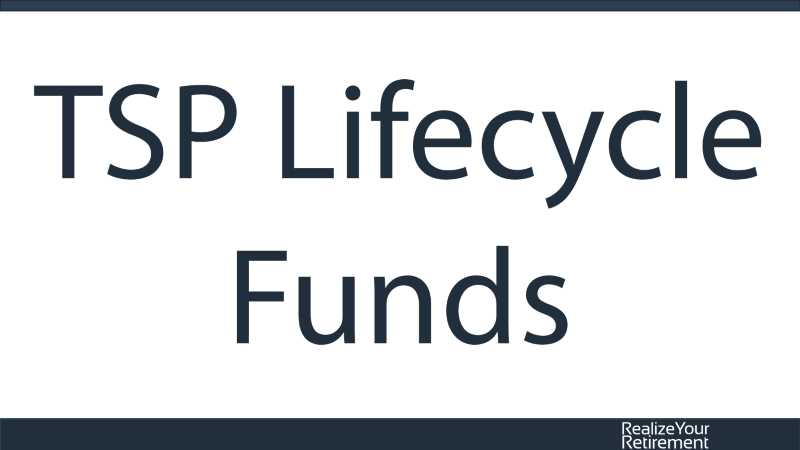Navigating the Sea of Retirement Accounts

A warning, this is pretty dry material, so it’s not for the faint of heart.
401(k)s
A 401(k) is a type of profit sharing plan offered by employers that permits employees for the purpose of retirement saving. It gets its name after Section 401(k) of the Internal Revenue Code. Employees are allowed to make contributions to the plan on a pre-tax basis. 401(k)’s generally have an employee matching provision that allows the employer match the contributions made by employee up to a certain percent of the employees income. A common type of arrangement calls for the employer to match $0.50 for every dollar the employee contributes up to 6% of the employee’s income. Employees can contribute more than 6% if they wish, but are capped at a maximum contribution of $17,000 for 2012. This limit is increased periodically at increments of $500.
IRAs
An Individual Retirement Account (IRA) is a tax-deferred investment account that is used as a retirement account for persons with earned income. IRAs come in two types:
- A Traditional IRA allows pre-tax contributions to the IRA, which means you can deduct the contributions from your income for tax purposes. However, the deductibility of contributions is subject to an AGI phaseout between $92,000 and $112,000 for a taxpayers filing as Married Filing Jointly. If your adjusted gross income (AGI) is within this range, the amount of contributions that are deductible are reduced on a proportional basis. Contributions can still be made by taxpayers with an AGI greater than this amount, however, taxpayers cannot deduct the contributions from their income. In a Traditional IRA, withdrawals are taxed at the taxpayer’s normal income tax rate when withdrawals begin once in retirement. Because taxes have been paid on neither the contributions nor the growth of the assets in the account, the taxpayer must withdrawal funds from the account no later than the day the taxpayer turns 70½.
- A Roth IRA is a non-deductible IRA that allows for after tax contributions to grow on a tax deferred basis. The AGI phaseout limit for taxpayers filing as Married Filing Jointly is $173,000 to $183,000. Taxpayers that have an AGI greater than this amount cannot contribute to a Roth IRA. The Roth IRA allows for tax free withdrawals during retirement because taxes have already been paid on the contributions made to the Roth IRA. Because taxes have already been paid, taxpayers are not required to take withdrawals after the age of 70 ½ as they are with Traditional IRAs.
Annuities
An annuity is an insurance contract that is designed to provide payments to the owner of the annuity over a specified period of time. There are many different types of annuities, however, we will only consider two.
- A Fixed Annuity is a contract in which the insurer agrees to pay the owner of the annuity a specified interest rate over a period of time. The interest rate is guaranteed and the annuity provides that there is more security of the principal. However, it has relatively low rate of return when compared to a variable annuity.
- A Variable Annuity allows investment of contributions into subaccounts which are invested in stocks and bonds. The assets within the annuity benefit from the tax free growth of retirement assets within the account. However, both contributions and any gains made on the assets within the account are taxable at normal income tax rates upon withdrawal.
These are the most common types of retirement accounts that retirees usually ask about. As I mentioned earlier, this is just a quick overview of what each retirement account is, more detailed posts for each of these types of retirement accounts are coming up soon.
Photo Source: Martin Thomas




One thought on “Navigating the Sea of Retirement Accounts”